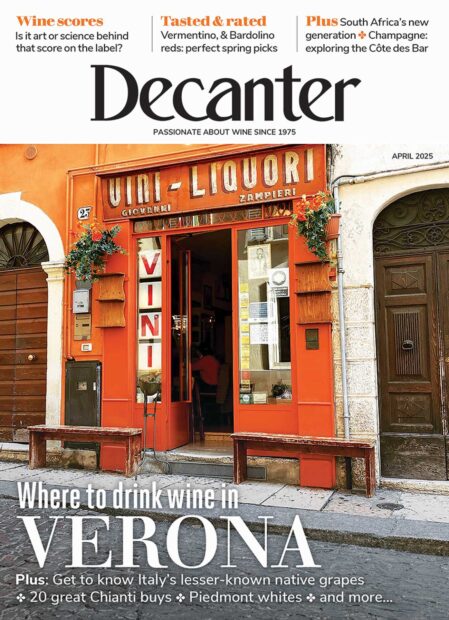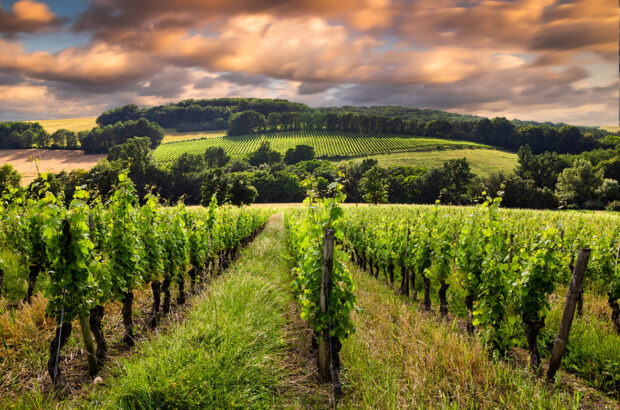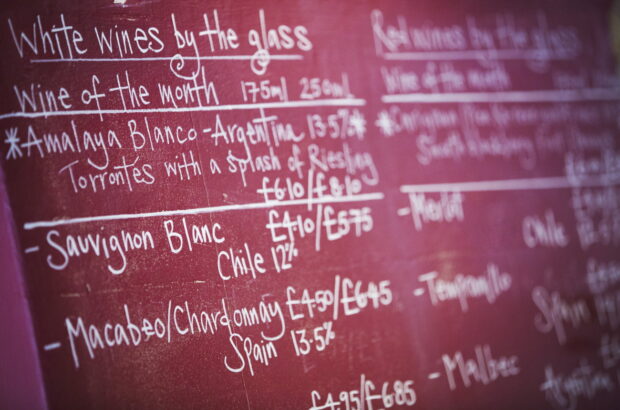I haven’t yet dared post a Monday blog about bottle closures. Like ‘natural wine’, the subject rouses such strong, intransigent and forcefully prosecuted views that discussing it sometimes seems pointless. Too bad. Let me suggest that the debate has been overly technical so far.
Inexpensive wines, it’s worth stressing, won’t remain in glass bottles forever: sooner or later there will be attractive, lighter alternatives which are cheaper and less energy-intensive to produce, to transport and to recycle. At that point, the debate becomes irrelevant for ‘most wine’.
For mid-priced wines, screwcaps are the ideal closure — if you are the kind of consumer who is dismayed by the possibility of cork taint or random oxidation. But what if you are the kind of consumer who is dismayed by the possibility of boring, predictable wine?
Screwcaps have won the day in Australia, but the result, in combination with the execrably dull bottles produced by Amcor, is a packaging sweep on the wine shelves of narcotic uniformity. Whatever their technical virtues, many screwcapped bottles look and feel homogenous, and rightly or wrongly suggest to their drinkers that the contents might be exactly that, too. Cork brings a little excitement, a little ritual, a little lump of the natural world and, from time to time, more than a little exasperation.
How much exasperation? In this year’s Decanter World Wine Awards, some 3.3% of the 14,120 entries were dismissed as TCA-spoiled – though 10% of those wines turned out to be either screwcapped or non-cork stoppered. Another 0.9% were dismissed as oxidised, though almost 20% of those wines were under screwcap or other closures.
When it comes to fine wine, we are still a long way from knowing which closure is really ideal for which wine, largely because fine-wine producers in the great regions of Europe find little or no global consumer pressure to switch. The evidence that screwcap might be better (or worse) for the world’s fine-wine benchmarks is, thus, missing.
Riesling and screwcap looks like a happy combination, but I remain open-mindedly undecided about whether fine red wine might be better under cork or screwcap, even those screwcaps designed to allow some oxygen ingress. (As Brian Croser pointed out when I discussed the issue with him earlier this year, that ingress will remain constant under screwcap, year after year after year, whereas with cork the levels of ingress will alter as the cork itself becomes pregnant with wine.) I’m also undecided as to whether screwcap is ideal for richer white wines in which secondary characteristics are valued, or for sparkling wines saturated in CO2 in which secondary characteristics are also sought.
Consider, moreover, the ‘total experience’. Any fine-wine producer bottling their wine under screwcap implies, by this choice, that he or she is zealous to control and if possible guarantee the quality in bottle of the wine he or she has created. Fine; that’s laudable. But it has implications for the way the wine was brought into being, too.
Do I want my wine made by a controlling zealot? Can controlling zealots make great terroir wine? Won’t they also be serial adjusters and ‘ameliorators’? Might terroir wine not be better made by those with a little reverence for nature in general? Can you, indeed, control quality? Doesn’t, in fact, the embrace of nature mean the embrace of an endless chain of differences, and at a certain point the relinquishing of control over quality? In other words, might you not get a more interesting bottle under cork than you could expect under screwcap — for reasons which have nothing to do with tca or random oxidation, and everything to do with a certain wine-creating philosophy?
I realise that these questions will be intensely irritating to those fine-wine producers who see themselves as using screwcap to preserve the print of the vineyard. They have to be asked, though, since I am convinced that fine-wine consumers mill them over, consciously or subconsciously, when they purchase and enjoy expensive, ambitious wines. When such consumers come across a corked wine, they don’t necessarily wish the wine had been screwcapped; they may simply wish the producer had bought better corks.
I was struck, back in Australia in May, to see how many of Australia’s younger and more avant-garde producers prefer to use cork rather than screwcap nowadays. I admire their bravery, since they risk the formidable wrath of the new wine establishment. What are they saying to consumers? One of the strongest messages, I suspect, is that they value nature and ‘the natural’ over technical mastery and control. Even at the expense of a 3% failure rate. And we learn (since these wines sell well) that their consumers don’t mind.
Written by Andrew Jefford







